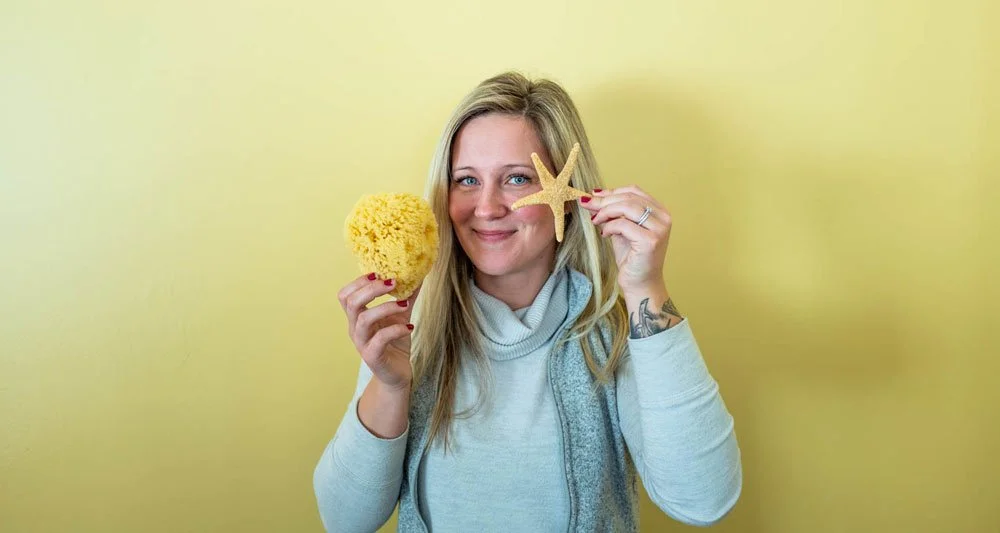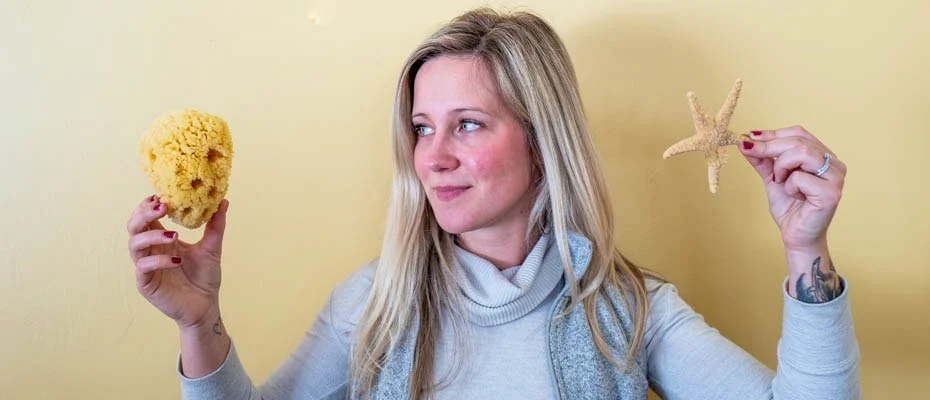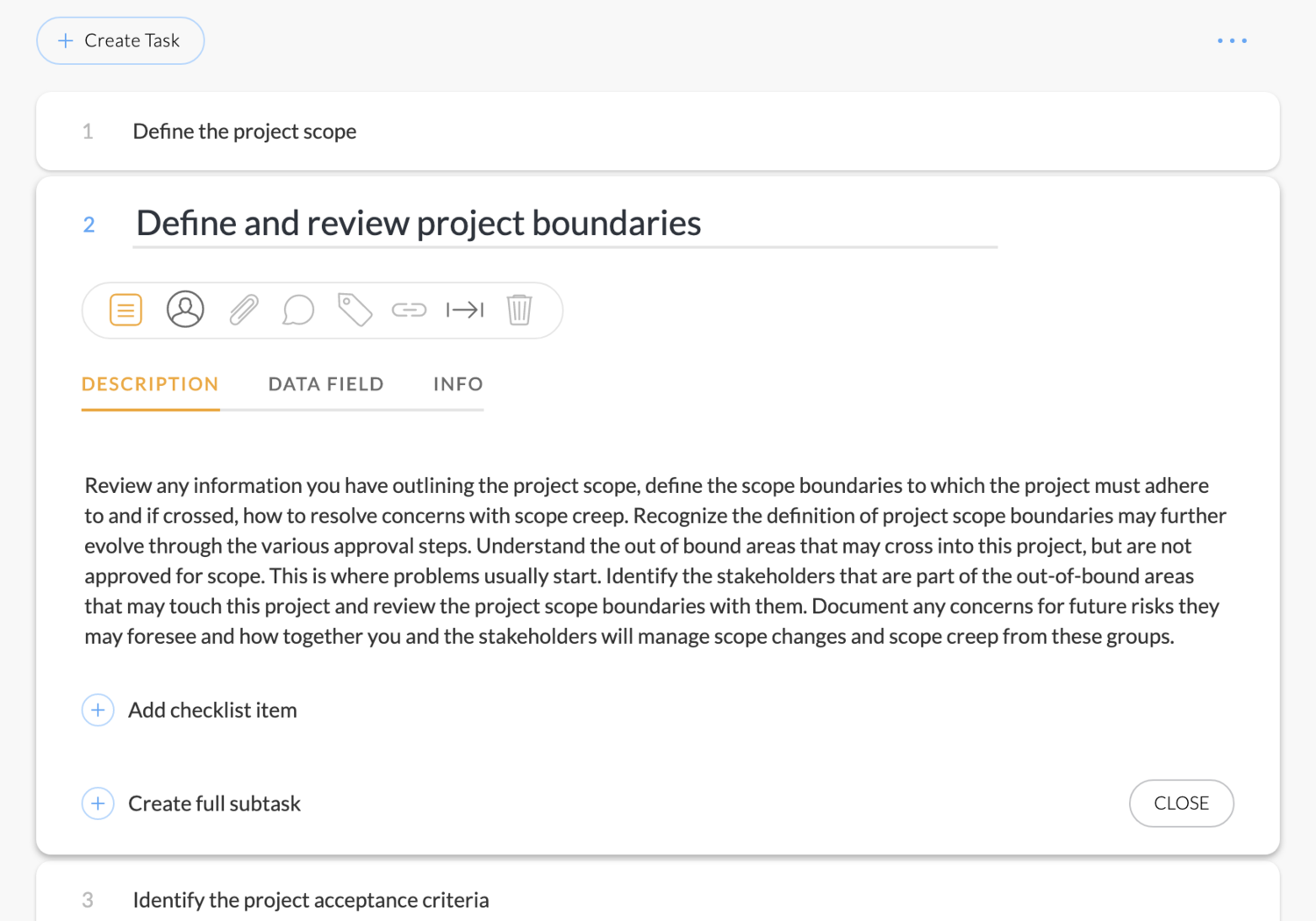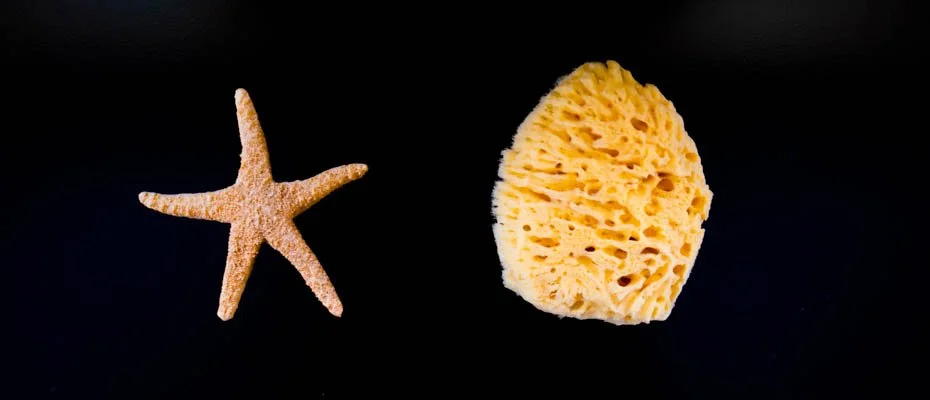Team Member Selection Criteria: Look for Stars and Sponges
When you look for team member selection criteria, you probably will not think of “Stars and Sponges” as a criteria. You should!
One team member criteria should be “Stars” who have great experience and produce project deliverables. Another criteria should be “Sponges”, or junior team members who love to learn and grow. I’ll explain the differences and why you need both, especially if you don’t have the budget to hire new employees or contractors and need to focus on building your teams’ capabilities.
In my last blog 10 resource planning steps for humans, step #5 of the 10 steps introduced the importance of finding both Stars and Sponges for project teams. This article expands that step.
Who are Stars?
You may think this is really easy to answer. You may say, of course they are the super performers. Traditionally, a Star team member is the one with the most productivity. This could be measured by comparing the payroll or contracting cost of the person with the amount of output deliverables or supporting materials they produce on projects.
You may have heard of the “STAR Method” used as a hiring technique. In one article, the STAR method was explained for project managers. During an interview, the candidate is asked four questions related to a past experience, such as, what was the Situation, what Tasks were involved, what Action did you take, and what was the Result. The answers helped the interview understand how the candidate:
was able to take action in a project situation and turn it into positive end results.
Not bad, but I feel there are equally important characteristics of a Star performer, or in some cases, even more important. These are my favorites Star project team member selection criteria:
Critical thinker and thrives on solving problems
Continues to learn, and expand expertise
Quick to flex with changing situations without stress
Able to turn intuition from experience into new ideas
Willing to share knowledge and experience with other team members
Actively seeks out those who are stumbling and help them learn and solve
The last two are probably the most important for team growth and is the power of true human engagement on projects.
Who are Sponges?
No, not someone who lives off someone else’s generosity. And, no, not Sponge Bob.
A Sponge is someone who has the desire to learn from others and show they can grow with small wins with newly acquired knowledge. Most Sponges you may find in your company are the junior people starting off with new project experiences. They haven’t yet mastered it, but have enough fortitude to be considered as a team member in a challenging position. Here are some criteria for Sponge project team members:
Desire to learn and tendency to be inquisitive
Not timid with asking for help and easily accepts help from others
Able to deal with constant change
Good at researching and looking for existing solutions or similar scenarios
Willing to share with other Sponges
Is learning how to be a critical thinker and problem solver
Dave Balter, a contributor to the Forbes Leadership Forum, has a great post titled “To be a great leader, don’t be a Genius; be a Sponge and a Stone”. He points out these additional points:
Learns from mentors, advisors, and peers
Studies heroes
Reads voraciously
Dave goes on to explain the “Stone” side, which includes being fearless, believing the impossible is possible, and engaging in multiple projects. Check it out. It’s a good read.
Note that the above Sponge attributes should also be Star attributes. A Star who is not also a Sponge, will quickly become outdated and left behind.
Why Sponges instead of Looking Only For Stars
Going back to my assumption, we assume your budget is limited and your are trying to make it all work with the team of people you already have. You most likely have Stars, especially with the ability to take action in a project situation and turn it into positive end results.
Let’s say your doing some resource planning and need some great team members for upcoming projects. Part of your process is to align skilled people with the project roles.
Here’s the problem with looking only for Stars as your criteria:
Stars are most likely already booked and not available for your project. That’s because they are always in high demand.
You can try to beg or steal, but this problem will always be there for some project manager or resource planner. What can you do? You gotta have great people to produce awesome project end results.
The answer is find your Sponges and get them up to speed.
I bet your company has a number of unknown Sponges. Sponges are often overlooked because of their lack of strong experience. Because of this, I’m sure they are not in high demand and may be available. But how can you succeed with a Sponge without the expertise and knowledge, especially for critical projects? The answer is:
Engage Stars to document their knowledge, and
Pair up Sponges with Stars
These two actions will be critical for long-term team growth, which translates into happier people making better project end results.
Engage Stars to Document & Share Knowledge
The main point here is for a Sponge to easily get access to the how-to descriptions on executing a task they have not experienced yet. First of all, this shared knowledge from Stars will eliminate the need for the Sponge to guess on how to get the work done right the first time around. Secondly, this will quickly help Sponge learn how to become a future Star. And third, you soon will have more Stars for future people resource planning.
Let’s assume you have one (or more) Star as a team member on a current live project.
Let’s also assume you have a good visual project and process management application that’s made for sharing best practice knowledge, or what I call “recipes”, for important project tasks.
If you don’t have a recipe-friendly project management tool and you’re not ready to search for one, then just set up a spreadsheet with columns and add a “description” column to the right of your task list to document the how-to steps. I recommend web-based sheets, such as Google sheets, or Excel sheet in Dropbox or Office 365 OneDrive.
Start with finding ways to get Stars’ know-hows out of their heads and into a task description ready to be used for future projects. Encourage Stars to document their important tasks with detailed how-to descriptions so it’s easy for a new Sponge person to soak up the knowledge and be successful.
For example, the below image displays an important task related to defining project scope.
The Star who experienced past challenges with scope creep has documented her how-to tips, or her “secret sauce”, on how to reduce future risks. (Click on the image to expand.) This example is from the free version of Pie, but although not as effective as a dedicated “recipes” tool, your Stars could at least document this in something like a Google or Excel sheet for sharing.
Pair Up Sponges with Stars
Identify some of your live project’s critical tasks that are assigned to a Star. Pick out one or two Sponge team members on this project and see if they have time availability to participate with those important tasks. The idea here is to pair up the Sponges with the Star so they can learn the secret sauce on how to get these tasks properly executed.
Consider Sponges who are not on this project and have some availability. For example, they could be in-between projects (“on the bench”) or maybe working part-time on other projects and have breathing room to participate with a Star.
The least time consuming pair-up approach would be to encourage the Star and Sponge to spend 15-minutes or so to review how a critical task was handled. This is especially powerful if the Star has documented their how-to steps for the Sponge’s future reference. When the Sponge faces this task alone in the future, he or she could not only read the task’s secret sauce description, but also connect the learning conversation they have had with a Star.
Build a Star and Sponge Culture
For a Sponge to truly be a Sponge in your environment, you need to build a culture that identifies and supports Sponges and engages Stars to share. As Sponges learn from Stars, they will quickly be able to take action in a project situation and turn it into positive end results.
The Stars that are humble, rather than the smarty-pants in the room, are your important ingredient for building this culture. This is where recognizing and celebrating people who share their knowledge to benefit everyone is important. I don’t have answers today on the best approach to get this going. However, I bet you would get a plateful of ideas for action if you ask your Stars how they can share their knowledge with Sponges and what lessons the Stars learned that should be documented for future projects.
Finally, build in steps at the beginning of your project recipe initiating or planning phase that engages team behavior best practices, such as,
this is how you ask for help,
how to give help to others,
and how to improve this project’s recipe for future like-projects.
May your have plenty of Stars and Sponges with better project team member selection criteria.
Written by Paul Dandurand, PieMatrix Founder
Star and sponge photos by Paul Dandurand
Two guys at computer photo by Jose Aljovin





